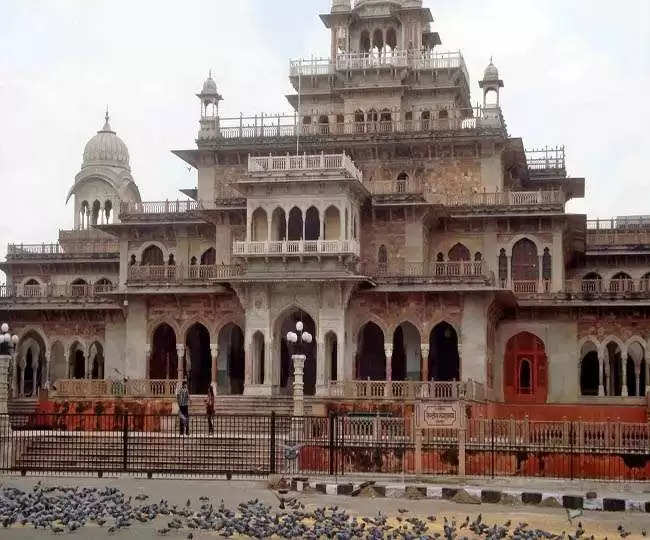Sawai Madhopur : The district is surrounded by Aravali hills and Ranthambore forests. Chambal, Banas, Moral, Galwa rivers and ponds and dams flowing in the district make the district prosperous. Sweet water chestnuts are found in many villages of Balre area of Khandar subdivision, located on the border of Madhya Pradesh, about 70 kilometers south of the district headquarters, and in many ponds and small dams located in the villages of Baunli and Mitrapura tehsil areas, about 50 kilometers north of Tonk and Jaipur districts. There is a bumper crop. Carts selling water chestnuts are seen everywhere in the markets of the district headquarters and other cities and towns of the district.
Sweet and rich in nutrients
Water chestnuts of Sawai Madhopur district are sweet and rich in nutrients. These contain more juice. These water chestnuts are full of medicinal properties, which can remove all the problems of the body. Many people dry and grind water chestnuts to make flour, which is eaten especially during fasting. Due to good rains in the district this time, almost all the dams and ponds are full to the brim. In such a situation, farmers have also got more area for water chestnut cultivation. Cultivation of water chestnut starts from the month of August itself. If farmers are to be believed, the work of planting trees for its cultivation starts from August itself during the rainy season. As soon as winter starts, water chestnuts start arriving in the market. The wholesale price of water chestnut is Rs 20 to 30 per kg, while the retail price is up to Rs 40 per kg.
good earning with hard work
Farmers cultivating water chestnuts told that they had planted water chestnut saplings in the month of August and the work of plucking water chestnuts is going on for the last 20 days. They get 50 percent profit in water chestnut cultivation. At this time, after plowing their fields, farmers take contracts for water chestnut cultivation from the local municipal administration and gram panchayat administration. After this one gets good means of employment. There is good earning in this, but a lot of hard work is also required. It takes a lot of hard work to pluck water chestnuts from the pond.
water chestnut season will last long
Farmers say that this time the water chestnut season is expected to last longer. There is no shortage of water either. In such a situation, the production and demand of water chestnuts is likely to remain till February. The yield, quality and taste of water chestnut in the district is better this time. However, the area under water chestnut cultivation in Sawai Madhopur district is relatively less. Water chestnut is produced in only 10 hectares in the district.
According to farmers, there is more risk and hard work in water chestnut cultivation. Farmers and agricultural workers go into the water with air tubes and boats and swim to deep water and plant saplings at the bottom. In three to four months the plant grows and comes to the surface. After this, fruits start appearing on the surface itself, which are plucked while sitting in a boat. Water chestnuts are cleaned only with water from ponds and dams. Water chestnuts are sold in the market only after washing. The same traders get rid of water chestnut bags by bidding on the dam itself and then sell them to small shopkeepers and handcart operators, who also sell water chestnuts on the roadside or on carts. Earn good profits. Many farmers take water chestnuts directly to the markets. This time, due to increase in wage rates, agricultural laborers are also benefiting in this season.


